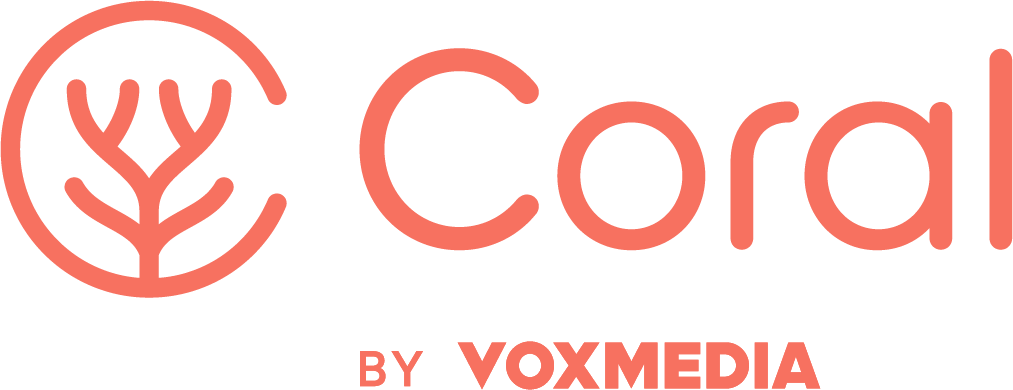By Marie Tessier
Editor’s note: this piece focuses on studies of people who identify within a gender binary.
As news sites grapple with the remarkable gender gap in engagement in their communities, a number of studies point to some important requirements for women’s involvement.
The bottom line is that communication of all kinds can be highly gender sensitive, and if the organization making the products has little diversity among its teams, the results will attract people like those who build the software.
So far, news communities are not working well for women, where several studies suggest that women are underrepresented by approximately 3:1.
To get more women involved, community managers need to find more ways to provide the social rewards and cues that work for many women, and incorporate them into their design.
Michigan State University Professor Esther Thorson says communication research has outlined patterns that emerge around how women and men communicate online. (Thorson is the former research director of the Reynolds Journalism Institute at the University of MIssouri.)
Many women
- Post shorter messages.
- Tend to drop out when they get no response.
- Express support of others.
- Look for common ground with questioners.
- Speak less in mixed groups.
- Are more aggressive in majority male groups.
- Become more upset with violations of civility.
- Value social harmony.
- Feel better when they know someone is enforcing rules.
- Say the loss of privacy is the biggest problem of the internet.
Many men
- Write longer messages.
- Tend to begin and end discussions in mixed groups.
- Take adversarial approach to questioners.
- More commonly use crude or abusive language, tolerate adversity.
- Less aggressive in majority female groups.
- Less likely to value social harmony.
- Are more upset about threats to free expression.
- Say censorship is one of the biggest problems of the internet.
(Source: Susan Herring, 2002. “Computer-Mediated Communication on the Internet,” in Annual Review of Information Science and Technology, 109-168. Retrieved January 23, 2017.)
These characteristics match other, previously known facts about how women behave online.
First, women’s tendency to express support for others in online communication aligns with Emma Pierson’s finding that women’s comments on NYTimes.com get more recommendations than men’s comments. (You can read the original study here.)
Second, women are more likely to read and share news in their own self-defined networks on Facebook than men, according to 2013 Pew Research findings. At the same time, women more often refrain from joining open forums on news sites.
Third, the known characteristics of many women’s online communications reflect the social imperative in designing technology products for women. “To make products and services more successful for women, the social values have to be clearly defined, and products and services must adapt to a rich emotional communication,” design-people wrote in their 2012 “Guidebook to a female interaction strategy.”
Recommendations
Some of the solutions to women’s underrepresentation in news communities are also longstanding recommendations for improving communication on the internet.
- Set a tone of community values, and enforce them.
- Elevate thoughtful discussion of ideas, and tamp down the adversarial tenor of comments.
- Build in more cues to signal agreement and affirmation.
- Provide more cues that staff are listening and taking part in the conversation.
- Surface areas of common ground.
As The Coral Project prepares to launch Talk, these are some of the key areas in which it can make a difference – as long as newsrooms are prepared to take action as well.
Marie Tessier is at work writing a book for MIT Press: “Suffragist: Women, the Web, and the Future of Democracy,” 2017. She moderates comments on the Opinion pages of NYTimes.com. She was a 2015-2016 Fellow of the Reynolds Journalism Institute at the University of Missouri. You are invited to join her on Facebook and Twitter @Suffragist.


![[IMAGE] A light-skinned woman who appears to be in her 20s, wearing a white sweater and bright red scarf, prepares crepes outside of Quasimodo Cafe on the Rue D'arc in Paris](https://guides.coralproject.net/wp-content/uploads/2017/01/crepe_woman-e1485523819359-1.jpg?w=1500&h=500&crop=1)